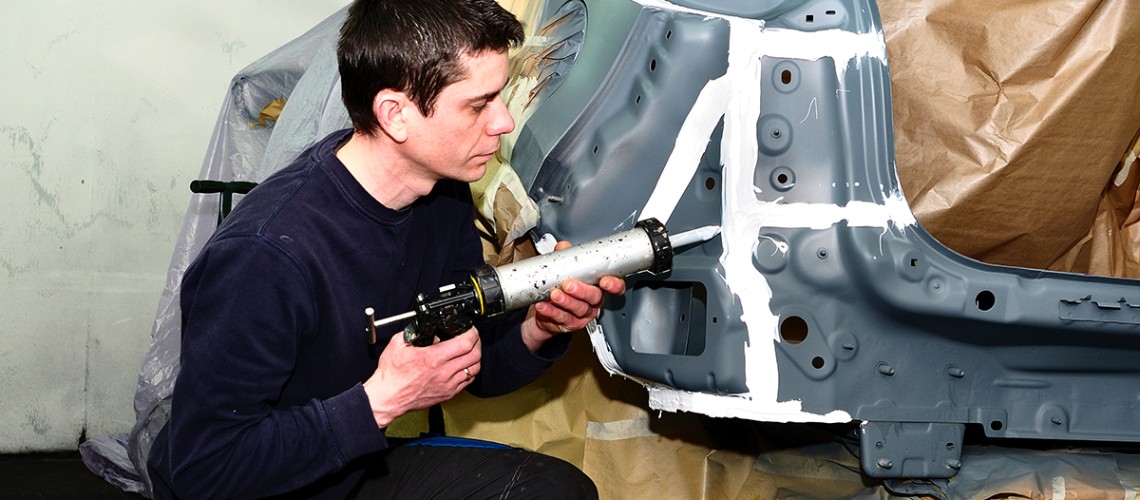Make sure panel seals are fixed right after repairs. Check them carefully. This is important for good performance. Panel seals keep the inside of a vehicle safe. They block water, dust, and road debris from getting in. They are often found on body seams. They can be on door edges, trunk lids, and wheel arches. These seals keep moisture out. They protect the metal under the paint. This helps prevent rust from forming too soon. After a repair, seals can be disrupted. This can happen with panel replacement, dent correction, or repainting. Sometimes, they may be removed entirely. Not restoring them properly can leave gaps. These gaps can hurt the vehicle’s structure. This can lead to corrosion. It may also cause costly repairs later. Proper sealing is often part of expert Auto Repair in Warwick, RI, where attention to detail helps prevent future damage.
How Repairs Affect Factory-Installed Seal
Technicians often remove or cut factory seals. This helps them access damaged areas during body panel repairs. Collision repairs can change the original sealant. Welding, panel replacement, and sanding can all cause this disturbance. Minor procedures can loosen or damage nearby seals. This includes paintless dent repair. A seal that is broken cannot protect well. It needs proper restoration to work again. Professional repair shops take sealing seriously. It is a crucial final step in any bodywork project.
Techniques Used to Restore Panel Seals
Auto body shops use special materials. They have techniques to make seals tight. This happens after repairs. Seam sealers are often made of polyurethane or epoxy. They are used on welded or joined panels. This helps them match factory standards. Technicians reinstall or replace weather-stripping. They also change rubber gaskets. This is done around doors, windows, and trunk openings. It helps maintain proper fit. Modern adhesive sealants are used for flexibility. They add durability. The repaired area can handle temperature changes. It can also withstand vibrations and road conditions. Sometimes, heat-curing or UV-curing methods are used. These methods help the new seals bond well. They also make sure the seals last like the original ones.
Ensuring Long-Term Protection after Repairs
Make sure to protect your repairs. Keep them safe for the long run. Good auto body shops include sealing and rust protection in their repair checklist. They check every seam. They look at each joint. They examine panel overlaps. They make sure no gaps are left. Many shops apply underbody coatings. They use rust inhibitors too. This adds extra protection after sealing. Vehicle owners should ask about the sealing process. They should also request a warranty for the repair work. Check regularly. This is important in places with a lot of rain or snow. It helps find early signs of seal failure.


